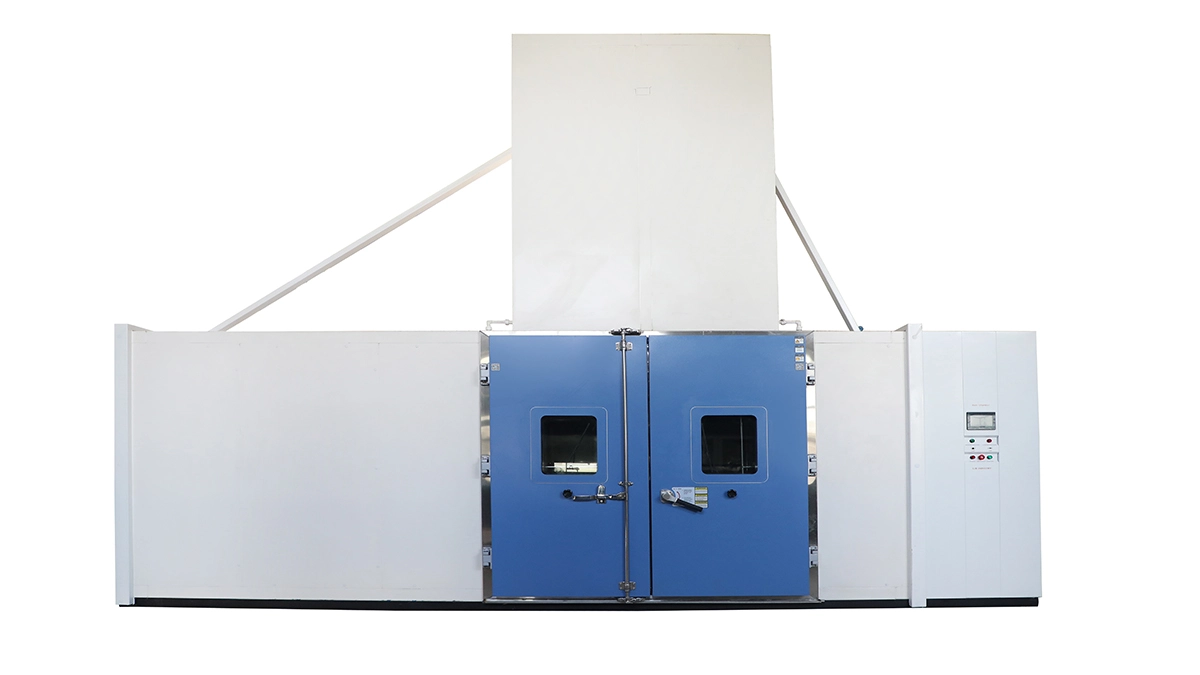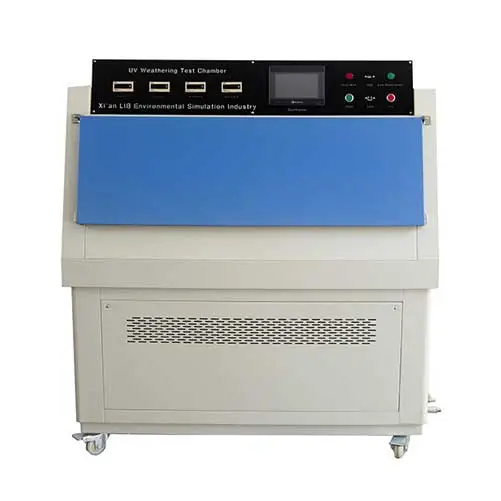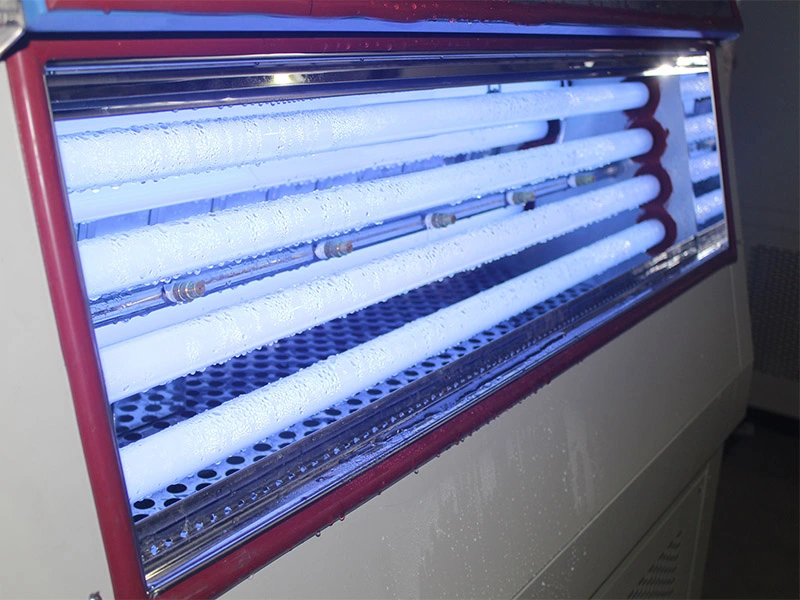

Filiform corrosion is a unique type of underfilm corrosion that primarily affects painted or coated metal surfaces, especially those made from aluminum or steel. Unlike uniform or pitting corrosion, filiform corrosion progresses in thread-like filaments beneath the coating, often invisible until significant substrate damage has occurred.
Understanding and controlling this phenomenon is essential for industries such as automotive, aerospace, and electronics—where long-term coating integrity is critical.The filiform corrosion tester is an important device for conducting filamentous corrosion tests.
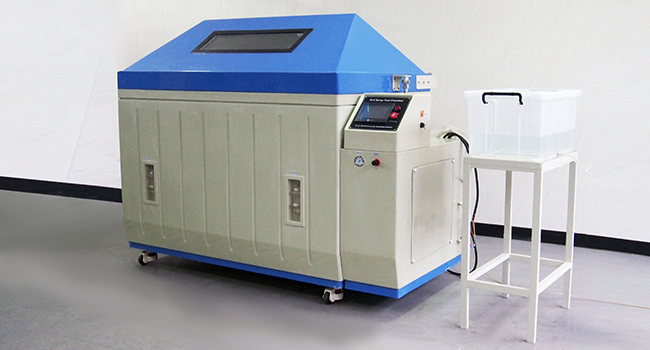
Filiform corrosion is typically initiated at coating defects, such as scratches, pinholes, or damaged edges. It thrives under specific environmental conditions:
High relative humidity: Above 75%
Moderate temperatures: Between 20°C and 40°C
Presence of soluble salts (e.g., chlorides, sulfates)
Oxygen access under permeable coatings

Once triggered, the corrosion advances in worm-like filaments under the coating, following random or directional paths. The active filament heads are driven by the electrochemical difference between anodic and cathodic areas under the film, degrading both the metal and the coating’s adhesion.
Filiform corrosion appears as:
Thin, thread-like filaments under the coating
Light brown or white corrosion trails
Often seen in a “spider web” or linear directional pattern
Typically initiated at coating damage zones or cut edges
To help manufacturers and research labs evaluate coating performance against filiform corrosion, LIB’s filiform corrosion tester is based on a modified salt spray chamber platform, specially tuned to reproduce the precise conditions needed for filamentous corrosion formation, in compliance with SAE J2635 and similar standards.Core Simulation Process
LIB's test chambers simulate the ideal conditions to induce and evaluate filiform corrosion in a controlled and repeatable environment. The testing process typically includes:
Samples are coated panels, often scribed with a mechanical tool (e.g., 1 mm-wide cross lines) to simulate coating damage.
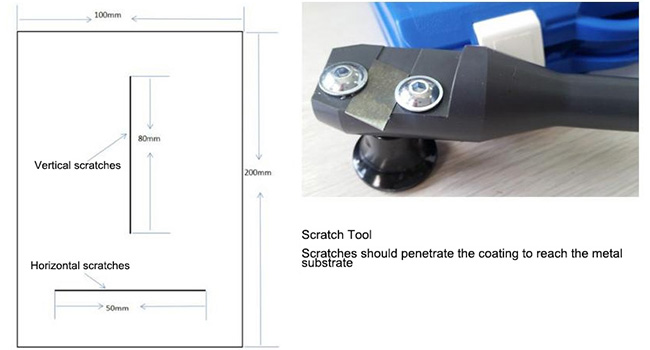
Test panels are often pre-exposed to salt spray (per SAE J2635) or dipped in electrolyte solution to activate corrosion initiation.

Solution: As in the CASS test, sodium chloride 50g/L and copper chloride 0.26g/L
PH=3.1-3.3/ glacial acetic acid
The sedimentation volume is 80cm² 1-2mL/h
Temperature: 50℃
Time: 6 hours
The panels are then placed in the LIB constant temperature and humidity test chamber, which maintains stable and uniform conditions:
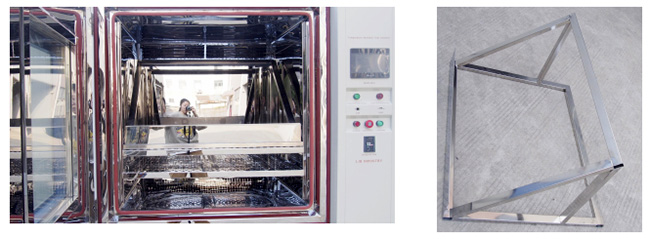
Temperature: 65 ±1°C
Relative Humidity: 85 ±3% RH
The inclination angle of the test piece: 45°
Air Circulation: 6~24 m/min
Exposure Time: The placement time is 672 hours, and the filamentous corrosion on the surface of the sample is inspected every 168 hours
Under normal circumstances, during the mid-term inspection, the time each sample is taken out of the humidity chamber should not exceed 15 minutes
Observation and Evaluation:
After exposure, filament growth (length and density) is assessed visually or with image analysis tools.
While the core equipment is a salt spray chamber, LIB customizes the design and control systems to make it highly suitable for filiform corrosion testing:
Model | S-150 | S-250 | S-750 | S-010 |
Interior Volume (L) | 110 | 320 | 410 | 780 |
Temperature Range | Ambient ~ +60 ℃ | |||
Temperature Fluctuation | ± 0.5 ℃ | |||
Temperature Deviation | ± 2.0 ℃ | |||
Humidity Range | 95% ~ 98% RH | |||
Salt Fog Deposition | 1~2ml / 80cm2 · h | |||
Spray Type | Continuous / Periodic | |||
Temperature Stability: ±0.5°C
Humidity Control Accuracy: ±2% RH
Ensures consistent and repeatable test environments
Inner chamber made from an upgraded fiberglass reinforced plastic material formed in one molding for extended durability
The touchscreen programmable controller can precisely control the test parameters. The operator can preset the test program, which improves the test efficiency and reduces the errors caused by manual operation.
Standardized and customized sample holders ensure the testing of both 2D and 3D samples, and can accommodate multiple samples for simultaneous testing.
Compliant with ASTM B117 and ISO9227 (NSS, NASS, CASS)
LIB filiform corrosion testers are widely used in:
Automotive: Testing coating performance of car bodies, especially aluminum panels
Aerospace: Evaluation of aircraft skin coatings under humid marine environments
Electronics: Circuit board coating integrity verification
Coating Manufacturers: R&D and QC of anti-corrosion paints and primers
Filiform corrosion may start with a single scratch but can lead to widespread failure under the surface. By providing precise, repeatable environmental conditions, LIB’s Filiform Corrosion Testers offer critical insight into the hidden risks of coating failure. With industry-standard compliance, high-end components, and flexible testing capacity, LIB helps manufacturers ensure long-term durability and reliability in their coated products.
 English
English русский
русский français
français العربية
العربية Deutsch
Deutsch Español
Español